I have taken a 3.3V webcam out of an old laptop and have tried to get it to run on USB with a different computer.
My first attempt of cutting off the end of a USB phone charging cable and soldering the wires to the camera was successful, but it quickly overheated since USB was giving it 5V instead of 3.3V.
To fix the overheating problem, I bought this 3A 5V-23V to 3.3V 6V 9V 12V 340KHz Mini DC-DC Step-down Converter Voltage Regulator Power Supply Module:
I also wanted to try to replace the hardwired USB cable with a female micro-USB connector (so that I could use different length cables depending on what I use it for), so I also bought this Micro USB To Dip Female Socket B Type Microphone 5P Patch to Dip 2.54mm Pin with Soldering Adapter Board:
I used a voltmeter and a screwdriver to set the step-down board to about 3.39V and when I resoldered the camera to these pcbs (using a USB to micro-USB charging cable to connect to the female micro-USB pcb connector to my computer), my computer no longer recognized the camera USB connection at all. What am I doing wrong?
 According to the webcam board, black is 3.3V, orange is ground, brown is D- and red is D+.
According to the webcam board, black is 3.3V, orange is ground, brown is D- and red is D+.
I connected the webcam's brown to the female micro–USB D- and the red to the D+ as shown.  My own orange wire (separate from the webcam's orange wire) coming from VBUS and the purple wire on GND then go to the step-down board as +IN and -IN respectively.
My own orange wire (separate from the webcam's orange wire) coming from VBUS and the purple wire on GND then go to the step-down board as +IN and -IN respectively.  The +OUT and -OUT (which I have measured and should be at about 3.3V) then go into the webcam's black and orange wires respectively.
The +OUT and -OUT (which I have measured and should be at about 3.3V) then go into the webcam's black and orange wires respectively.
To test what was not working, I tried to bypass the female micro-USB connector pcb, but keep the step-down pcb in by using the original hardwired USB cable I had used, and the camera was recognized and seemed to be running on 3.3V instead of 5V.
I'm assuming from this that my problem comes from a misunderstanding of either micro-USB female connectors in general (like what to do with the ID (looks like an IO on the board I bought) pin (I have tried leaving it unconnected and also connecting it to ground which i figured from here)) or a misunderstanding of the specific female micro-USB connector board I bought.
I've already found this post also, but I am having trouble understanding if the information provided applies to my case or not.
